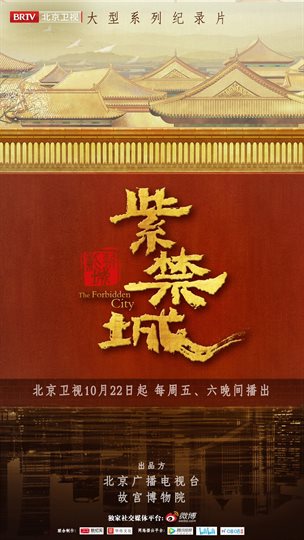50FPS版 / The Forbidden City
On June 6, 1644, the Forbidden City welcomed a new master. Dorgon was warmly welcomed as the master of the new dynasty. He accepted the kneeling of civil and military officials, announced that the officials of the Ming Dynasty could work for the new dynasty, and then boarded the imperial sedan chair to enter Beijing. On November 7 of the same year, Emperor Shunzhi ascended the throne, named the country Qing, and established Beijing as the capital. A unified Chinese feudal dynasty established by a minority ethnic group stood in the east of the world.
In the second year of Shunzhi, the Qing government completed the renovation of the three main halls of the Forbidden City. The Huangji Hall, Zhongji Hall, and Jianji Hall were renamed Taihe Hall, Zhonghe Hall, and Baohe Hall, respectively, with Manchu characters next to them, highlighting the word "和". In the eighth year of Shunzhi, the Chengtian Gate of the Forbidden City was rebuilt and renamed "Tiananmen". The following year, Houzai Gate was renamed "Di'anmen". Together with the Dong'an Gate, Xi'an Gate, Chang'an Left Gate, and Chang'an Right Gate of the Imperial City, all the gates of the Forbidden City have the word "安" (An) prominently.
"Harmony" and "peace" reflect the wishes of the Qing Dynasty's rulers. Harmony is the foundation of the Qing Dynasty. The three generations of Kangxi, Yongzheng and Qianlong also used "harmony" as the ultimate goal to achieve national unity and establish a unified country. They are committed to national integration, practice the political concept of "peace and peace in the world", and establish a great country with the courage to embrace the world. The pattern of the Chinese nation's diversity and unity is gradually formed.
For generations, the Dzungar Khanate was like a dark cloud hanging over the western part of the empire, spying on the interior. It has always been the biggest threat to the Qing Dynasty, making the supreme ruler uneasy. The Qing Dynasty's war against Dzungar lasted for three dynasties: Kangxi, Yongzheng, and Qianlong. Finally, when Qianlong was 48 years old, the Dzungar armed forces were completely wiped out, and Qianlong named this homeland - Xinjiang. The territory of western China was finally determined, and the territory of the Qing Dynasty was maximized. With the unification of Xinjiang as a symbol, the rule of the Qing Empire reached its historical peak, and the Kangxi and Qianlong prosperity also entered the "heyday" era.
Emperor Qianlong once said: "I dare not lose even an inch of the territory that our ancestors left behind." This firm will and sentiment to safeguard national unity was also reflected in the rule and reform of Tibet. As early as December 1652, the Fifth Dalai Lama led 3,000 monks on a long journey to Beijing to meet Emperor Shunzhi. Later, Emperor Kangxi conferred the title of "Panchen Erdeni" on the Fifth Panchen Lama and gave him a seal; from then on, the titles of "Dalai Lama" and "Panchen Erdeni" were officially fixed, and it became a custom for all Dalai Lamas and Panchen Lamas to be conferred by the central government. In the Qianlong period, in order to reform the administrative system of Tibet and establish systematic laws and regulations for governing Tibet, the Golden Urn Drawing System was formulated, which has continued to this day.
The grand pattern of exchanges, integration and harmonious coexistence among the fraternal ethnic groups in China gradually took shape, and became unbreakable in the subsequent historical storms. During the Kangxi and Qianlong eras, the Qing Dynasty had a population of over 100 million, a territory of tens of millions, magnificent mountains and rivers, and prosperous cities.










































